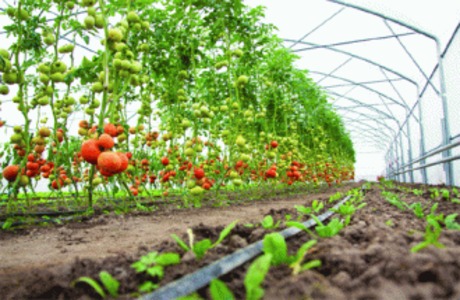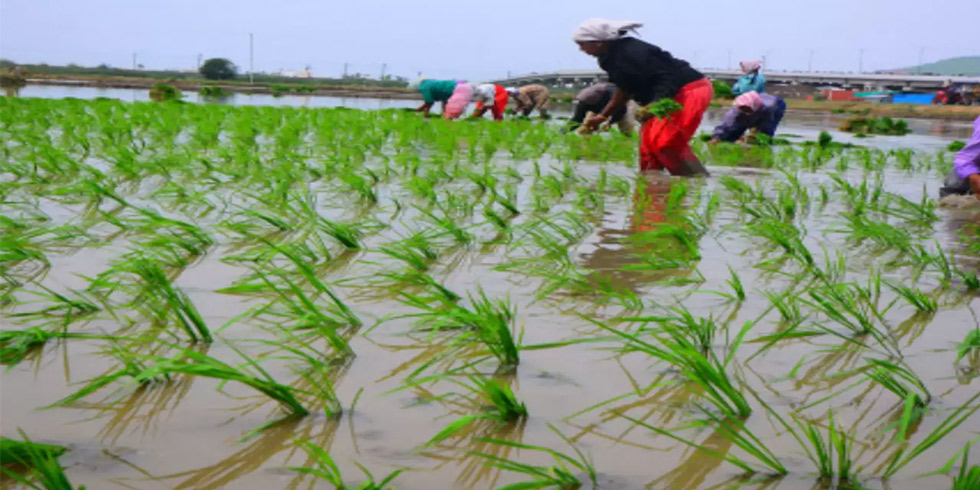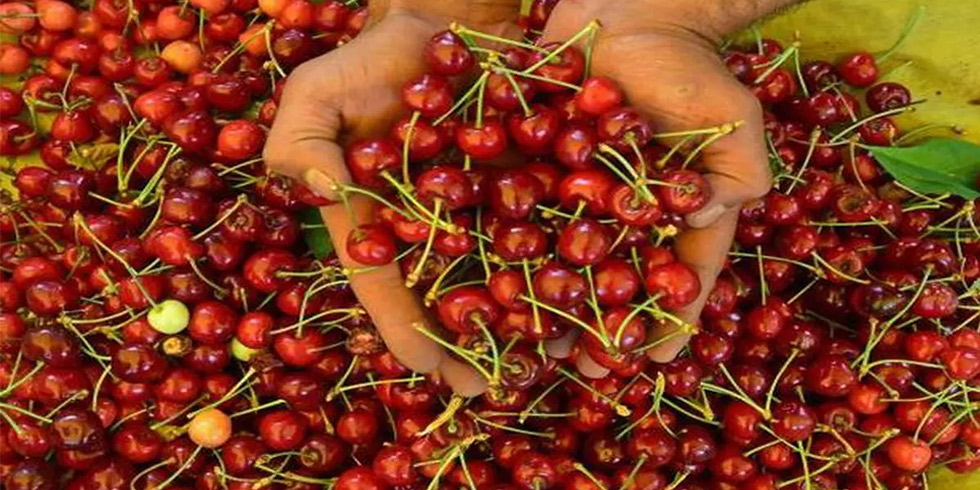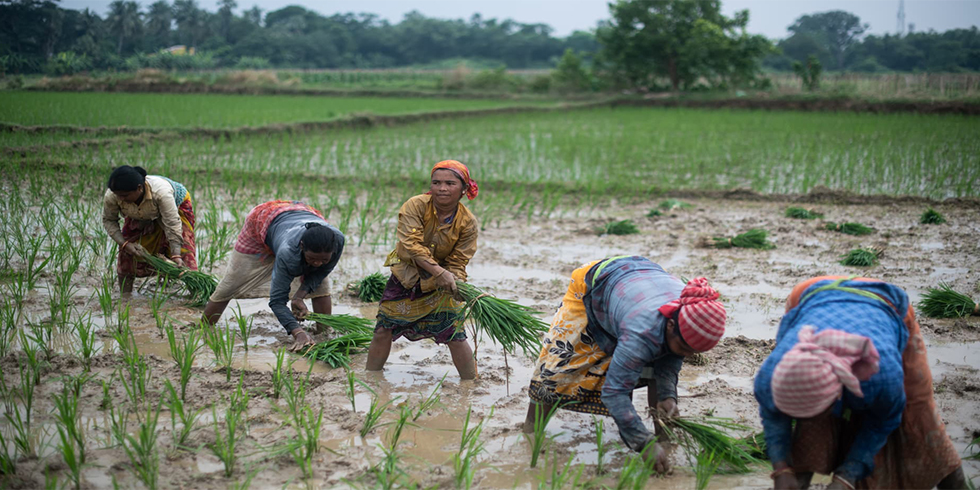Along with the story of farmers’ distress, there are also some good tidings. In 2016-17, small and marginal farmers raised bumper horticulture crops, fruits and vegetables, touching a record high of 295 million tonnes for the fifth consecutive year.
This was made possible due to better monsoon, but it also reflected the structural change underway in the agriculture sector, where farmers are moving toward high-value horticulture crops.
According to the second estimate of horticulture crops released by Ministry of Agriculture last month, the total area under horticulture crops has increased from 245 lakh hectare (LH) to 249 LH in 2016-17 which is an increase of 1.9 per cent from 2015-16. The total fruits production is estimated to be 93 million tonnes in 2016-17. This is 2.9 per cent higher than the previous year. Production of vegetables is estimated to be around 175 million tones, 3.5 per cent more than the previous year.
Officials said the record production of horticulture has failed to cool down prices in retail. This is due to inefficiencies in the supply chain and a lack of post-harvest management. However, price risks are only a part of the problem faced by horticulture farmers. This means that resource-poor farmers are likely to have benefitted most from the growth in horticulture sector.
As per information, farmers may grow fruits almost every month. For instance, they may grow fruit such as Kinnow and W Murcott in January and February. They grow Loquat in March and April, Ber in May and April, Sapota (Chiku) and Phalsa in May and June, Banarsi Lemon, Pomegranate (Anar) in July and August and November and December, Karonda in August and September, Amla in November and December.
The data showed that States like Andhra Pradesh, Uttar Pradesh, West Bengal, Assam, Bihar, Chattisgarh, Gujarat, Madhya Pradesh, Maharashtra, Odisha, Punjab and Tamil Nadu are leading among vegetables growers while Uttar Pradesh, Tamil Nadu, Maharashtra, Madhya Pradesh, Telangana, Maharashtra, Karnataka, Gujarat, Bihar,Andhra Pradesh and, Gujarat are leading fruit growers in the country.
Being short-duration crops, which can be grown in very small plots of land-say one-tenth of an acre- mostly marginal and small farmers now prefer to grow more vegetables and fruits (with less than 2 hectares) as these crops ensure a quicker cash flow, unlike say, pulses, which may take more than six months from sowing to marketing.
Officials said the horticulture has emerged as a bright spot of Indian agriculture. India’s horticulture production grew at a phenomenal pace - Indian farmers now produce more than double the quantity of fruits and vegetables compared to what they did in early 2000. Data shows that between 2001-02 and 2016-17, horticulture production rose from a mere 146 million tonnes to 295 million tonnes. During this period, production of foodgrains grew from 213 million tonnes to 273 million tonnes, showing the growing importance of short duration horticulture crops for Indian farmers.
The horticulture crops were grown in less than 5 per cent of India’s gross cropped area, compared to 63 per cent used to grow foodgrains. Maharashtra is the largest producer of fruits in India while West Bengal is the second largest producer of vegetables. While Gujarat grows most amount of spices, Tamil Nadu tops the list of states in the production of flowers.








Add Comment